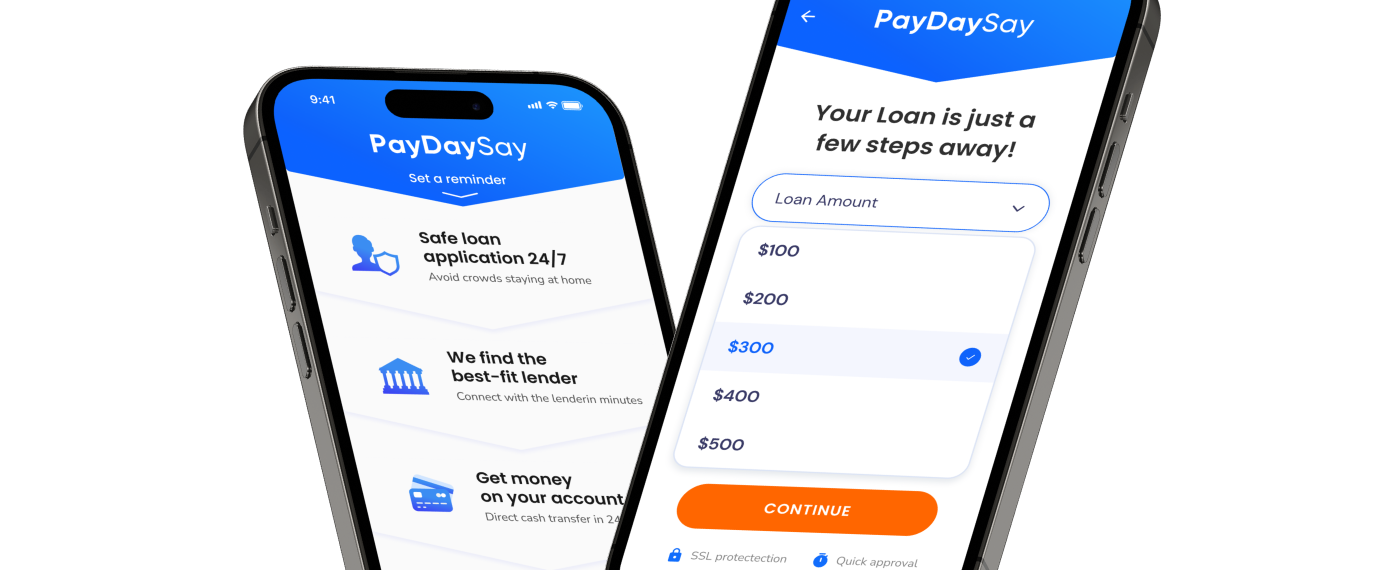Are you planning to borrow money to buy a car or a house? Or pay for something else entirely? You need to have a good credit score to do so! But if you’re unsure what a credit score is and how it is calculated, don’t worry!
We compiled every important thing that you need to know about your credit score in this article. Read below to learn more!
What Is A Credit Score?
A credit score or credit rating uses your credit reports to predict your credit behavior, like how you can pay a debt on time. When screening tenants and determining your insurance rates, credit scores are used by businesses when deciding whether to provide you with a credit card, mortgage, vehicle loan, and other forms of credit.
Your credit score is also used to analyze the credit limit and interest rate that you will receive.
Businesses use a scoring model, which is a mathematical formula, to calculate your credit score from the data in your credit report. It considers various factors, such as your payment history, current unpaid debt, new credit applications, and many more. The typical range of credit rating is 300–850.
A higher score usually makes it simpler to secure a loan and could lead to better loan terms or interest rates.
Credit Score By FICO
FICO, or Fair Isaac Corporation, created a system for computing credit scores based on data gathered by credit reporting agencies. A credit score by FICO is used to assess a person’s creditworthiness. It serves as a reference for financial organizations and lenders to decide how much credit and the interest rate they can give to a borrower. They also use it to analyze whether to extend credit or not.
To estimate the credit value, FICO assesses five categories: payment history, the current level of debt, types of credit used, new credit accounts, and duration of credit history. FICO scores normally range from 300 to 850, and the higher your score, the better it will be for you. Employers, insurance providers, and landlords can all utilize credit ratings.
Credit Score By VantageScore
VantageScore is an alternative to the FICO score, created by the top three credit rating agencies, Equifax, Experian, and TransUnion. It is used to assess your likelihood of repaying loans. The most recent version, VantageScore 4, determines a credit rating by averaging five weighted parameters:
- Overall credit utilization, balance, and credit available
- Credit mix and experience
- Payment history
- Newly opened accounts
- Credit history’s age
VantageScore asserts that it produces a more accurate representation of a consumer’s credit using advanced algorithms and machine learning approaches. This consumer credit rating product also gives a score that ranges from 300 to 850. VantageScore is readily available to customers for free and has started to catch the eye of lenders.
How Is Your Credit Score Calculated?

One of the most important indicators of your creditworthiness is your credit score. It is a three-digit figure that typically ranges from 300 to 850 and is determined using parameters created by Fair Isaac Corporation. By being aware of the factors that affect it, you can take the necessary actions to raise your credit rating.
The following five components are considered when calculating your credit score:
Payment History — 35%
This factor affects 35% of your credit score, and it has the greatest impact. It displays your ability to pay your bills on time, how frequently you miss payments, how long past the due date you make payments, and the frequency of late payments.
For example, your lender will normally record more than 30 days overdue payments, which will harm your credit scores.
Factors that affect payment history include how far behind you are on payments, how many accounts display late payments, and if you have made the accounts current. Your score will increase as your number of on-time payments increases. Your credit rating suffers each time you miss a payment.
Amount Owed — 30%
This is the amount that you presently owe to lenders. It provides a quick overview of your current financial condition and is the second most important factor in computing your credit score. It is determined by the total amount you owe, the variety and quantity of accounts you have, and the ratio of your debt to your available credit.
Smaller amounts may boost your credit score if you make on-time payments, but larger balances and maxed-out credit cards will lower it. Your credit score may also temporarily decline if you take out another credit with almost zero payment history. You can raise it if you have nearly paid off loans since they have a successful payment history.
Length Of Credit History — 15%
This affects 15% of your score. The longer you have made payments on time, the better your credit rating will be. When considering history, credit scoring models often consider the average age of your credit. This is why you should think about maintaining open and active accounts.
Avoiding credit applications and debt may sound prudent, but if lenders cannot view your history, it could potentially lower your score. However, even individuals with a short history can obtain a decent score if they have good ratings in other areas.
Credit Mix — 10%
A credit mix is the mixture of credit accounts that you have. A diverse portfolio of credit cards, retail accounts, mortgages, and installment loans (like signature loans or car loans) is necessary to have excellent credit scores. Lenders and creditors are generally interested in how you have managed various kinds of accounts over time. This impacts 10% of your score.
New Credit — 10%
Recently opened accounts are referred to as new credit. A borrower’s score is negatively impacted if they have recently created or applied to numerous new accounts because it suggests financial trouble.
However, credit scoring models are also designed to recognize that a consumer’s recent loan history does not automatically make them a risky customer. This affects 10% of your score.
How Often Is Your Credit Score Updated?
Your credit ratings are usually updated at least once a month. Nevertheless, this can change based on your particular financial situation.
Your credit reports’ contents are used to determine your credit ratings. Therefore, before your credit scores are updated, the data in your credit reports must be updated first.
Credit reporting is purely optional. Each lender must independently determine whether to report information, when to do so, and to which CRAs, if any. Lenders who opt to report often do so once a month. For instance, credit card firms generally report on the billing cycle or statement date, which is a recurring date. However, the specific day may change per provider.
As a result, changes to your credit scores typically take place at least once a month, though they may happen more frequently depending on the number of lenders you have and when each of them submits new information.
How to Check Your Credit Score
If you’re curious about your credit rating, here are a few things that you may do to check:
- Look at your loan, credit card, or bank statement
Credit ratings are now being offered to customers by many banks, loan firms, and credit card organizations. You could find it by opening your account online, or it might be on your statement. - Get credit ratings directly from one of the three main credit bureaus or another supplier, like FICO.
- Use a free credit scoring website or credit score service
Some websites offer users a free credit rating. However, sometimes, you need to pay a monthly subscription fee to get your credit scores.
It’s important to frequently monitor your credit reports and review your credit scores to ensure the data is accurate and complete. Immediately report any issues that you may encounter with your information.
Final Thoughts
A credit score is a number calculated based on your credit history. The higher your score, the better it will be for you. Your credit rating will be used to determine many aspects of your life, such as what type of loan you are eligible for and how much money you can receive.
So, it would be better always to check your credit data and take the necessary measures to increase your score. You can also consult with a professional if you need extra help!













 on your homescreen
on your homescreen